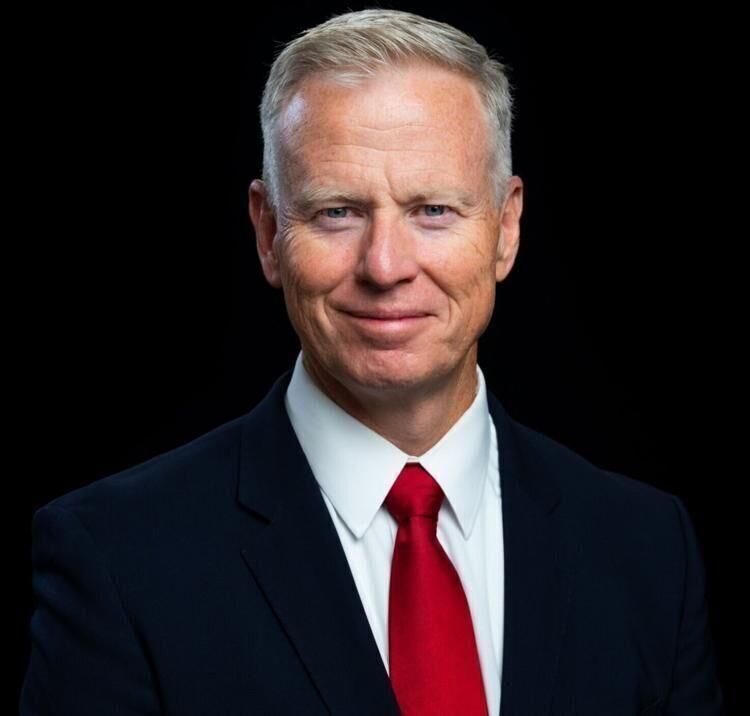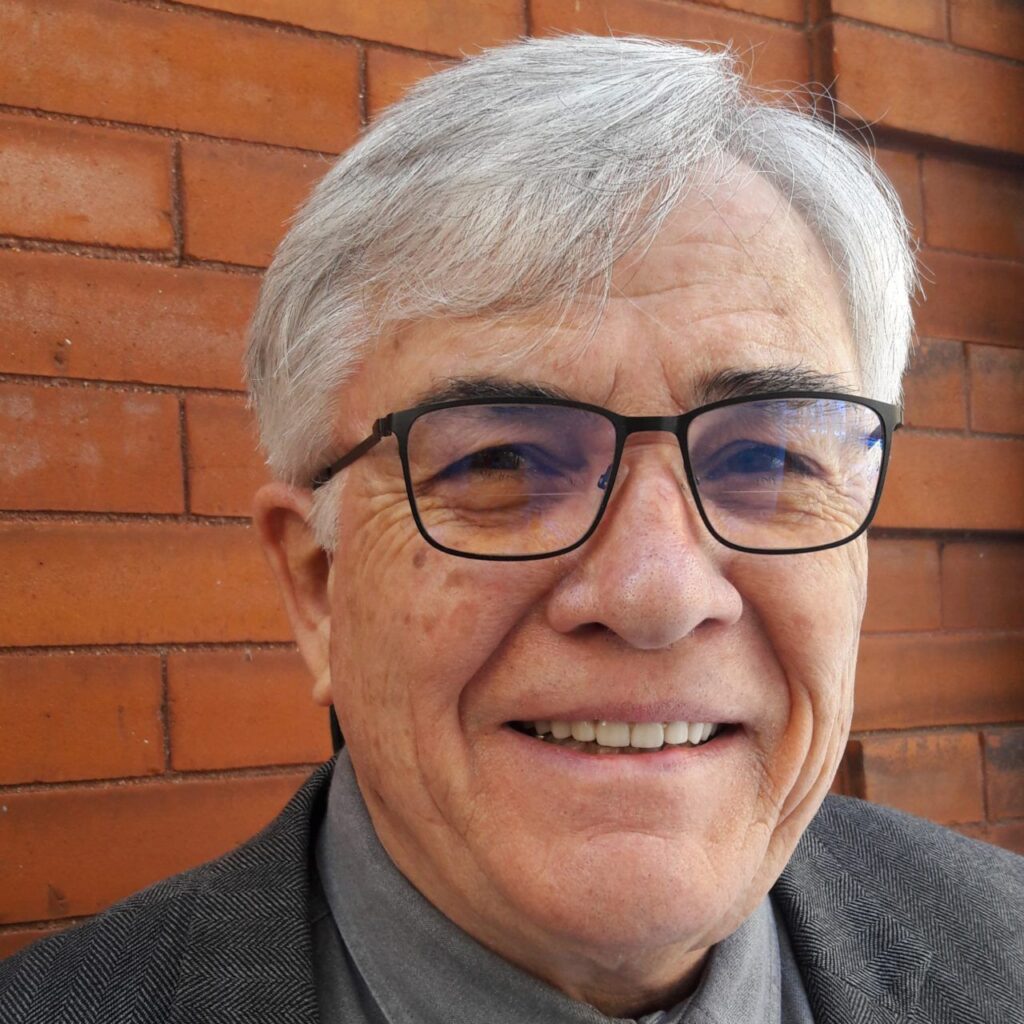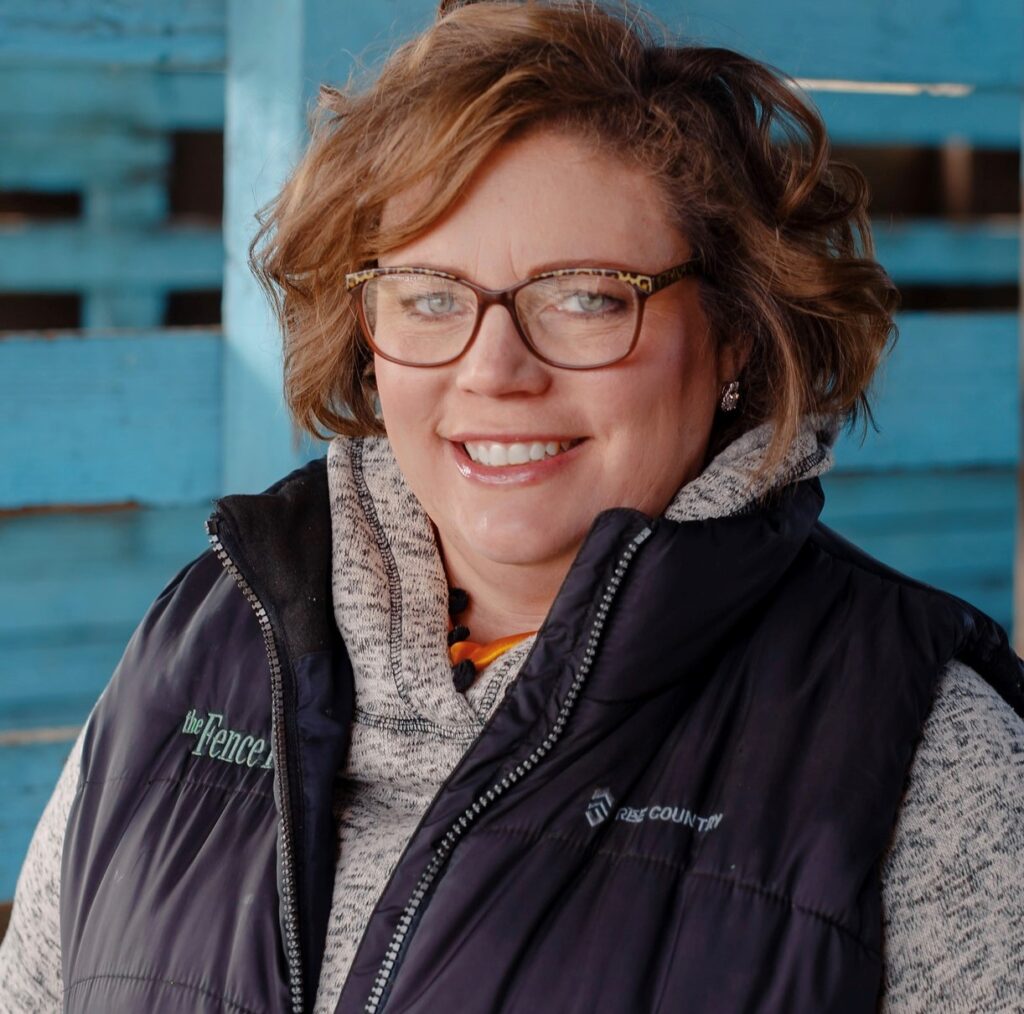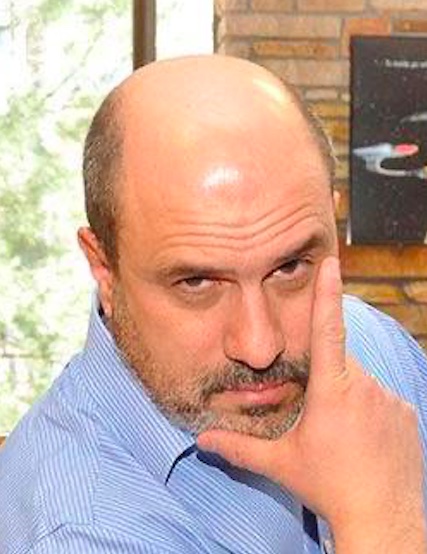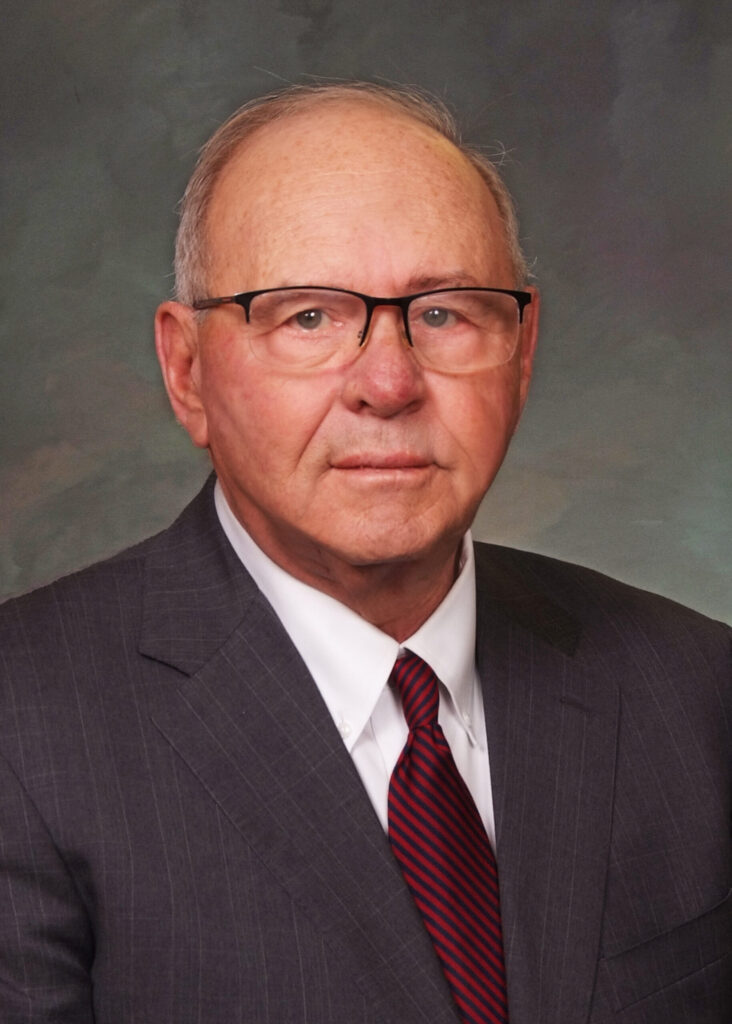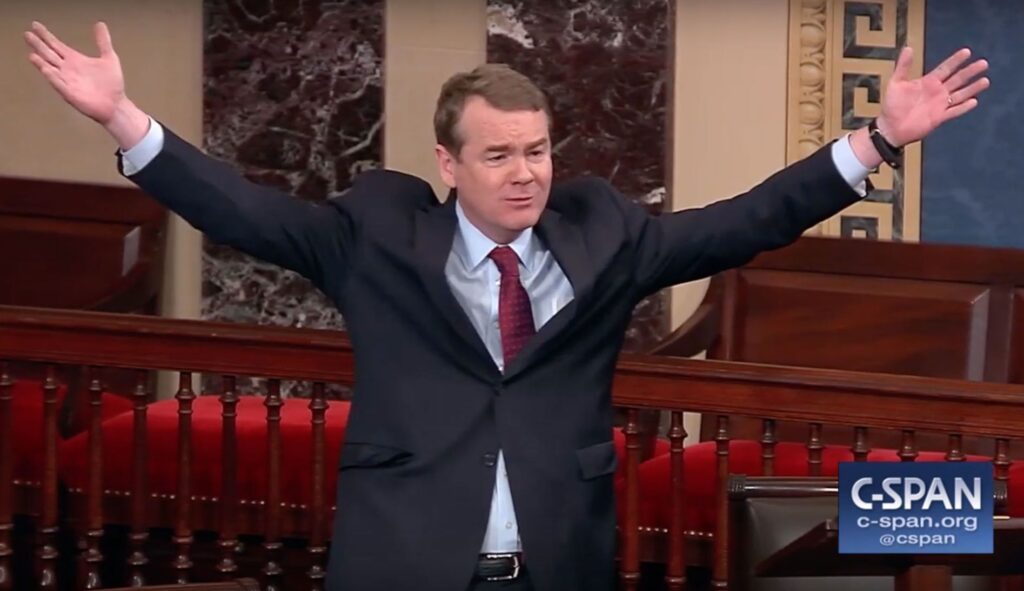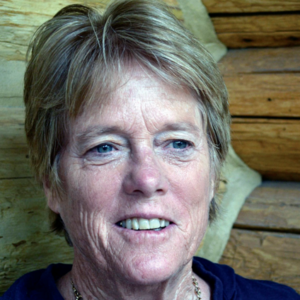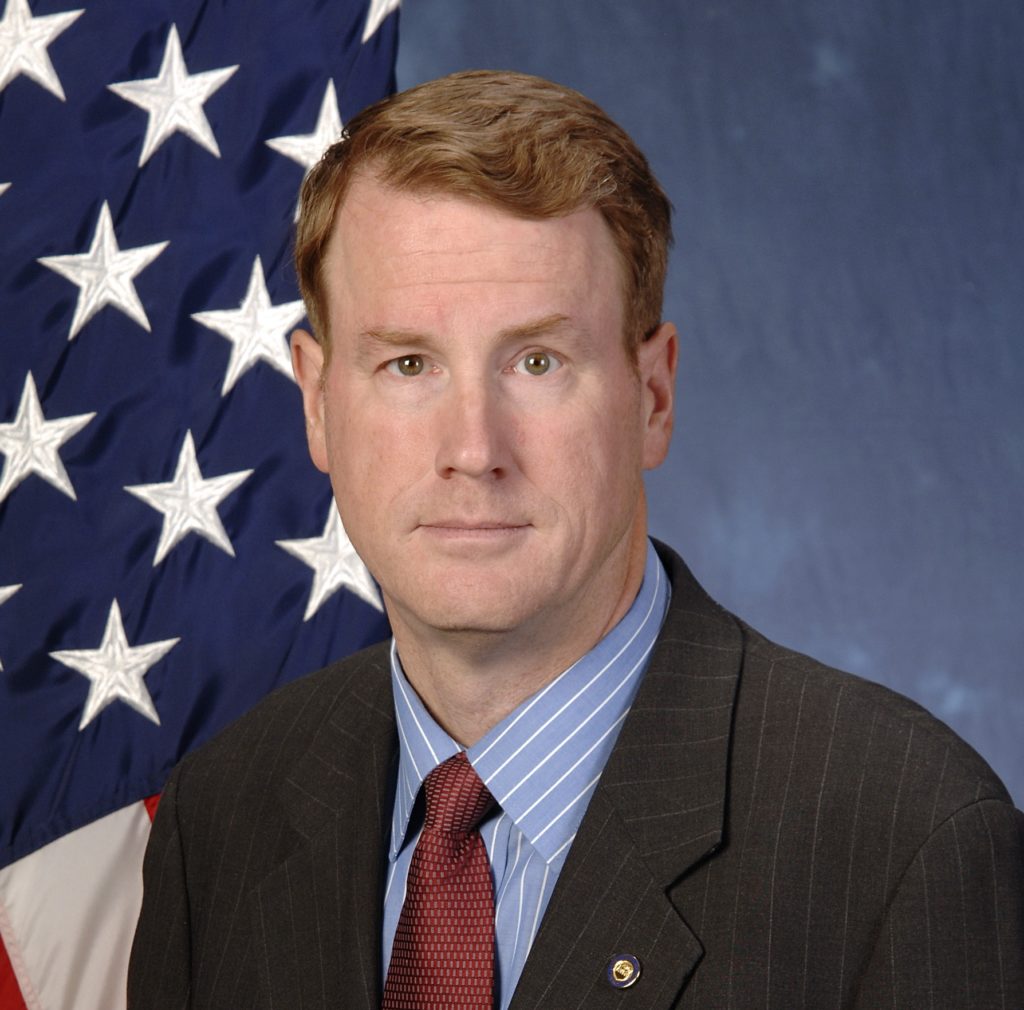Scary new normals for Colorado wildfires | BIDLACK
As is always the case, too many stories in Colorado Politics caught my eye this week, and I’m very tempted to write about a recent story regarding the efforts of some Douglas County Republicans to make their county a “home rule” county. Simply put, home rule status allows a county or a city to have a bit more local control, though not on every issue and not fully on any issue. They still must obey state law. The article explains what all that means, so I won’t’ repeat it here, in part because one of the Republicans was remarkably honest in explaining why he and his fellow GOPers really want the status change.
Home rule status does help to enshrine a particular political point of view in the county’s governance, and Commissioner George Teal, while claiming that the action is basically a cleaning up of miscellaneous regulations on various towns and cities in Douglas County, also spilled the beans on the real goal.
As noted in the article, “Unlike other home rule efforts, Douglas County commissioners want to structure the charter to maintain Republican principles within the county and Democrat-dominated state.” Teal was surprisingly honest and clear about the overall actual goal, saying: “If the political winds do change here in the county, we preserve these conservative principles that just can’t be changed by two county commissioners being elected that are Democrats.”
Let’s think about those words for a moment, shall we?
Teal is basically saying the goal of the home rule movement is to set conservative policies and points of view in stone, so if the voters had the audacity to elect a Democrat or two, they would be unable to effectively serve the constituents that elected them, because partisan politicians had previously manipulated the system so future elections, and the choices made by voters therein, won’t really count. Now, frankly, both parties have done similar actions in the past, but Teal is refreshingly honest in not claiming the home rule changes are for profound and important questions of government and governance, but rather are about keeping power, even if the voters decide they want someone else to have that power.
But I’m not going to talk about that this week.
Instead, I’d like to draw your attention to another CoPo story you really should pay some attention to. Back in 1997, while on a summer academic teaching break from the Air Force Academy, I worked a TDY (a short “temporary duty” for you civilians out there) as a staffer on the National Security Council at the White House, dealing with environmental security issues, which were the focus of my own doctoral studies back in grad school. While there, in response to a directive from then-President Bill Clinton that each federal department issue a statement on the effect of climate change on their missions, I was asked by the then-Deputy Under Secretary of Defense for Environmental Security to write the first draft of what would become the DOD’s statement in response to Clinton’s order.
So of course I did.
And to save you lots of Google time, I offered that there would be two areas of primary impact of climate change on military operations. First, I suggested that new conflicts over water especially would pop up, and second I suggested existing conflicts would be exacerbated by climate change. Simply put, climate change would result in hotter hot periods, colder cold periods, wetter wets and drier dries. Which is why, as an aside, I am irritated every winter when an especially cold snap hits and somebody says, “so much for global warming!” That’s why it is properly called climate change, folks, and the extremes will become more extreme. Twenty-eight years after I wrote that document, my findings have been found to be rather spot on, which is a shame.
Stay up to speed: Sign up for daily opinion in your inbox Monday-Friday
An example of those predictions coming true is found in the CoPo story titled “Colorado wildfire outlook ‘normal’ — but normal has new meaning in wildfire-prone state.” The story notes this year we are expecting a “normal” fire season. But sadly, with climate change, the meaning of “normal” has changed sharply and not at all in a good way. We are predicted to see our state be the home to roughly 6,000 wildfires that will consume approximately 160,000 acres.
How have things changed? Well, as noted by Colorado’s chief fire prevention officer, the fire season has gone from four months, as it was for, well, eons, to now 12 months a year. We can see wildfires in any month. Oh, and due to staff cutbacks in response to a certain reckless president, though the number of people who actually fight wildfires may not be decreased here by much, there have been layoffs in the people who do things like patrol the forests and issue tickets to people who are unsafe with their campfires. And given 90% of all wildfires are human caused, that’s a loss.
My grandchildren will grow up in a world where the summers are hotter, the winters colder and other weather-caused problems like wildfires more common. It’s too late to stop the effects of climate change, heck, it’s already here. But it isn’t too late to mitigate some, if not most, of the effects of a warming globe. The current administration, of course, will do nothing about it and will likely make it worse, but let’s hope future administrations have more common sense about the common good.
Stay tuned.
Hal Bidlack is a retired professor of political science and a retired Air Force lieutenant colonel who taught more than 17 years at the U.S. Air Force Academy in Colorado Springs.



